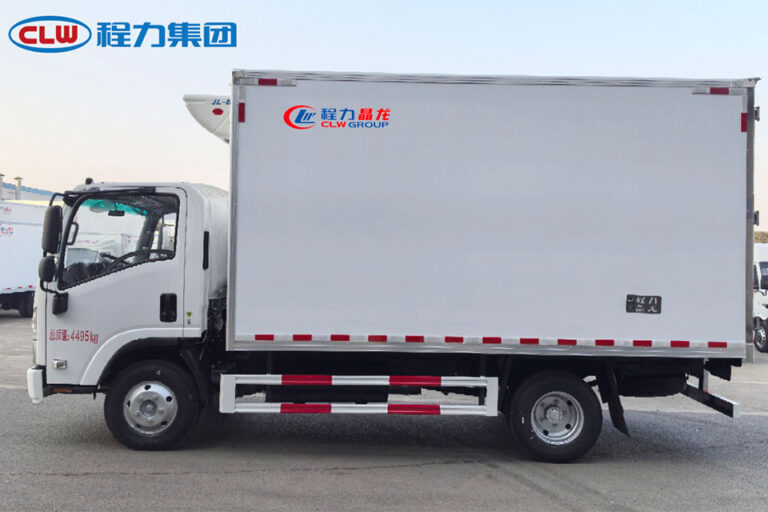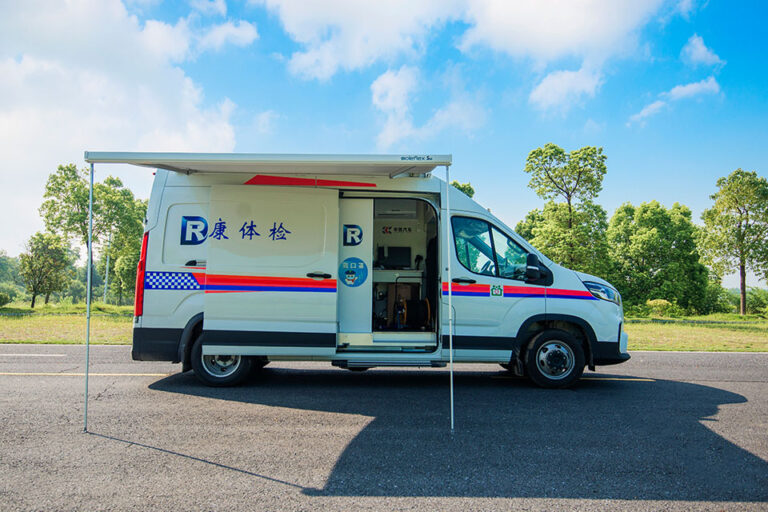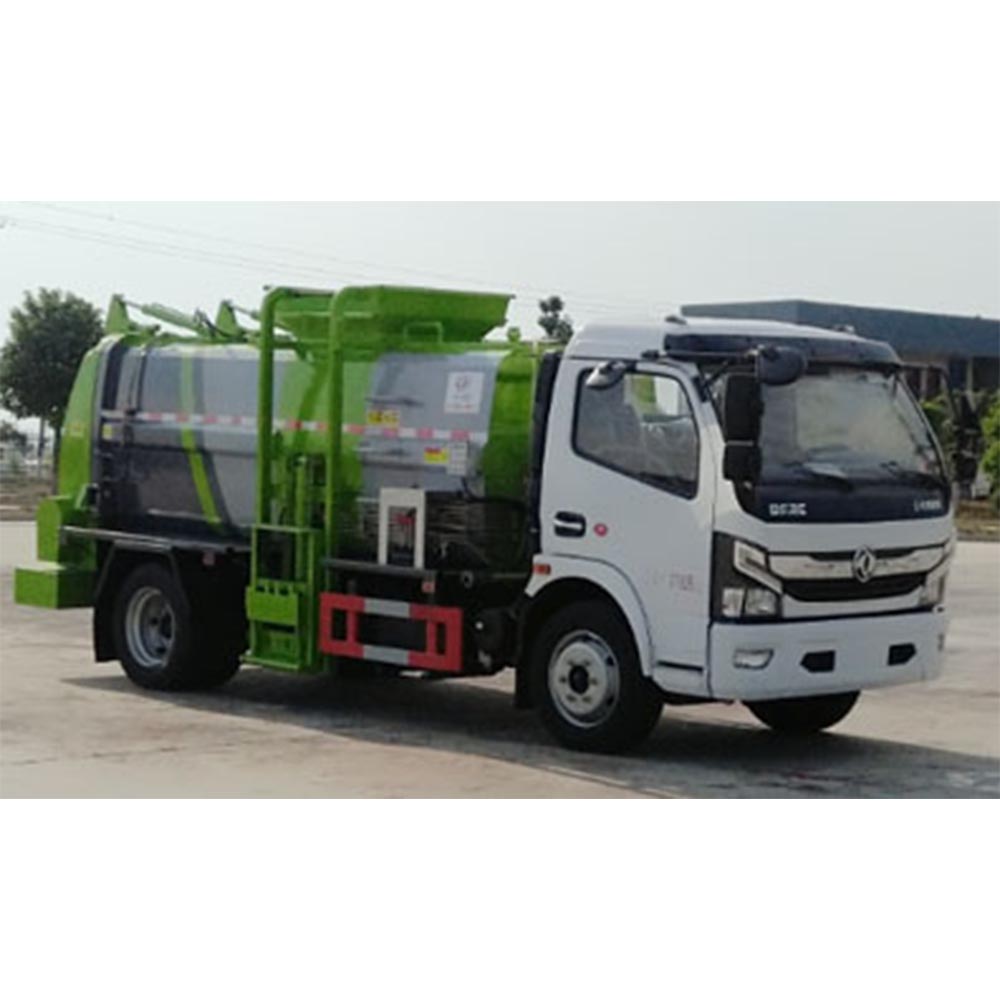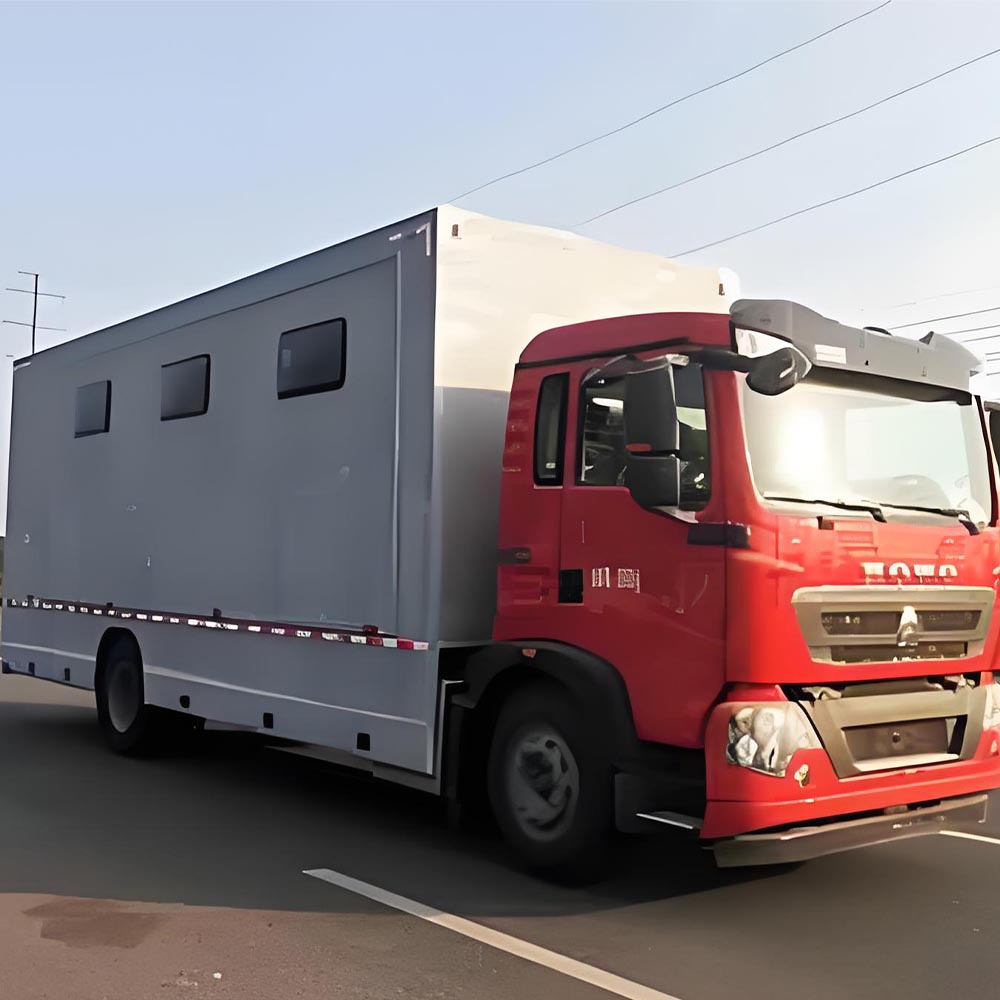-
Chengli Automobile Industry Park
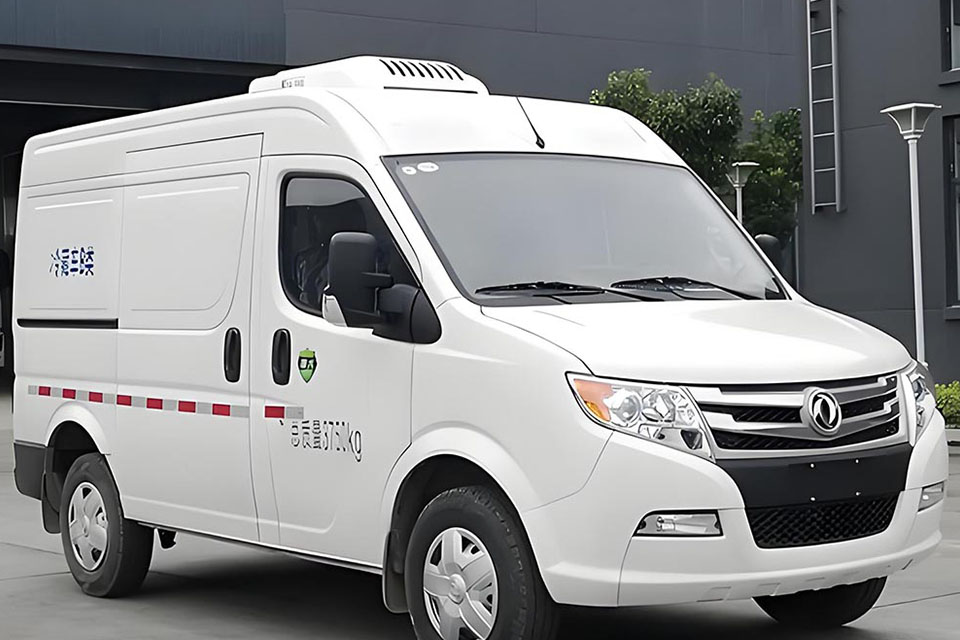
What is the cold chain transportation of vaccines?
What is the Cold Chain Transportation of Vaccines?
The cold chain for vaccines is a big deal. It keeps shots safe. Let’s learn all about it. We will use simple words that are easy to read and know.
Table of Contents
What is a Vaccine Cold Chain?
A vaccine cold chain is a special system that keeps vaccines at the right cold level from start to end. It begins at the making plant, goes through shipping, and ends when a person gets their shot.
Think of it like a cool path that vaccines must stay on to work right. If vaccines get too hot or too cold, they can break and not work to keep us safe.
Why the Cold Chain Matters
Vaccines are fragile. They need to stay at just the right cold level. Here’s why:
- Vaccines can lose power if kept wrong
- Too much heat hurts vaccines
- Freezing can break vaccines
- Light can harm some vaccines
- Once a vaccine loses its power, you can’t fix it
Parts of the Vaccine Cold Chain
The cold chain uses many tools and steps to keep vaccines safe:
Equipment Used
- Cold rooms at factories
- Freezers and fridges
- Cold boxes for moving vaccines
- Ice packs and dry ice
- Temperature tools to check coldness
People Who Help
Cold Chain Technicians like Ramson and Thokozani make sure vaccines stay safe. They fix cooling gear and watch temperature data.
How Cold Chain Works: From Factory to You
Let’s see how vaccines travel while staying cold:
- Start: Vaccines are made and put in cold storage
- Pack: Special cold boxes with ice packs keep vaccines cold
- Ship: Trucks, planes, and boats move vaccines while keeping them cold
- Store: Local fridges hold vaccines at health centers
- Use: The doctor gives you your shot
Cold Chain Challenges Around the World
| Challenge | Facts |
|---|---|
| Super Cold Needs | Some vaccines (like Pfizer) need -70°C and dry ice boxes during travel |
| Power Problems | Many far places have no power for fridges |
| Money Issues | Cold gear costs a lot – hard for poor countries |
| Training Gaps | Workers need to know how to keep vaccines cold |
| Space Limits | Not enough room to store all needed vaccines |
Vaccine Cold Chain: Keeping Vaccines Safe
What is the Cold Chain?
The cold chain is a system to keep vaccines at the correct cold temperature from when they are made until they are used.
If vaccines get too hot or too cold, they can stop working.
Cold Chain Steps
Cold Chain Challenges
Super Cold Needs
Some vaccines must be very cold (-70°C).
Power Problems
Many places lack steady power for fridges.
High Cost
Cold chain equipment is expensive.
Training
Workers need specific skills.
Cold Chain Equipment
Smart Fixes for Cold Chain Problems
People have found clever ways to fix cold chain problems:
- Sun Power: Solar fridges now keep vaccines cold in places with no power
- New Science: New ways to make vaccines that don’t need to be so cold
- Better Plans: Smart ways to move vaccines even when roads are bad
- Special Boxes: Boxes that stay cold for days without power
- Training: Teaching more people how to handle vaccines right
Rules for Safe Vaccine Moving
When taking vaccines from one place to another, workers must:
- Use the right packing boxes and cold packs
- Keep watching the temperature the whole time
- Have a plan for if something goes wrong
- Keep good records of all vaccine trips
- Check vaccines right away when they get to a new place
Cold Chain Around the World
The cold chain works in many places but faces big tests:
- In North Korea, studies show they can store basic vaccines but might not have room for big pandemic shots
- Five countries now use special cold chain help from Atlas Logistics for emergencies
- It takes about 15 million cooling boxes with dry ice to move super-cold vaccines around the world
The Future of Vaccine Cold Chains
New ideas are making vaccine cold chains better:
- Smart tracking that watches vaccines all the time
- No-cold vaccines that stay good at room heat
- Green cooling that doesn’t hurt our earth
- Better boxes that stay cold longer
- Tiny sensors that tell if vaccines got too warm
How to Keep Your Vaccines Safe
If you work with vaccines, follow these key steps:
- Check vaccines as soon as they come
- Store them at the right cold level right away
- Track how cold they stay
- Plan for power going out
- Train all workers who touch vaccines
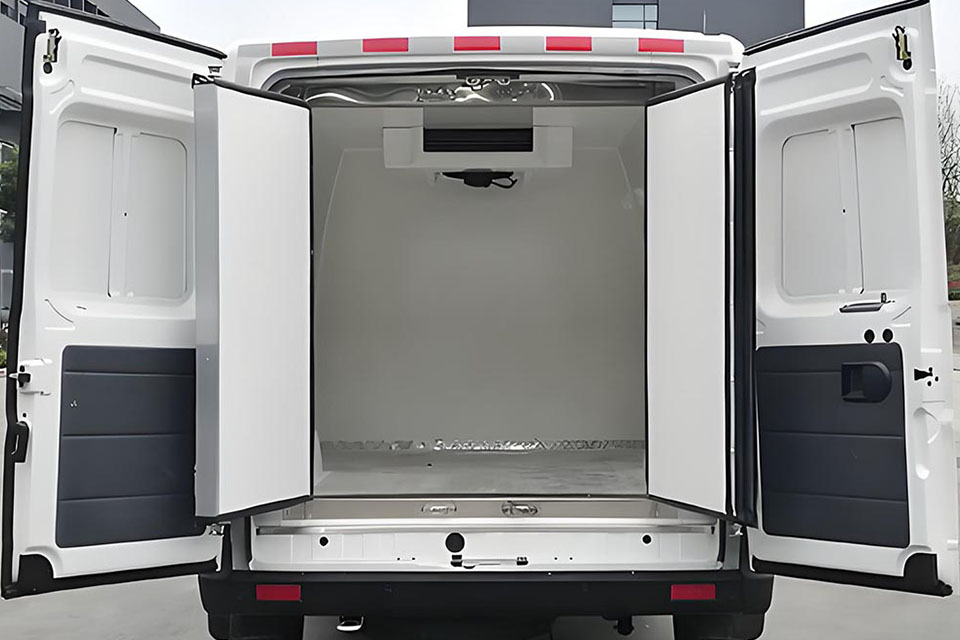
Conclusion
The vaccine cold chain is a vital link in keeping us all healthy. From big freezers to small coolers, every part matters. New tools like solar power fridges and better planning help vaccines reach more people.
Without good cold chains, vaccines can’t work right. With smart vaccine transport vehicles and careful handling, we can make sure shots stay strong and keep people safe from illness.
For places with no power, special mobile medical checkup vehicles can bring both vaccines and care to far spots. And when quick help is needed, emergency medical transport can get vaccines where they must go fast.
The cold chain is not just boxes and ice – it’s a promise to keep life-saving medicines safe for all who need them.

